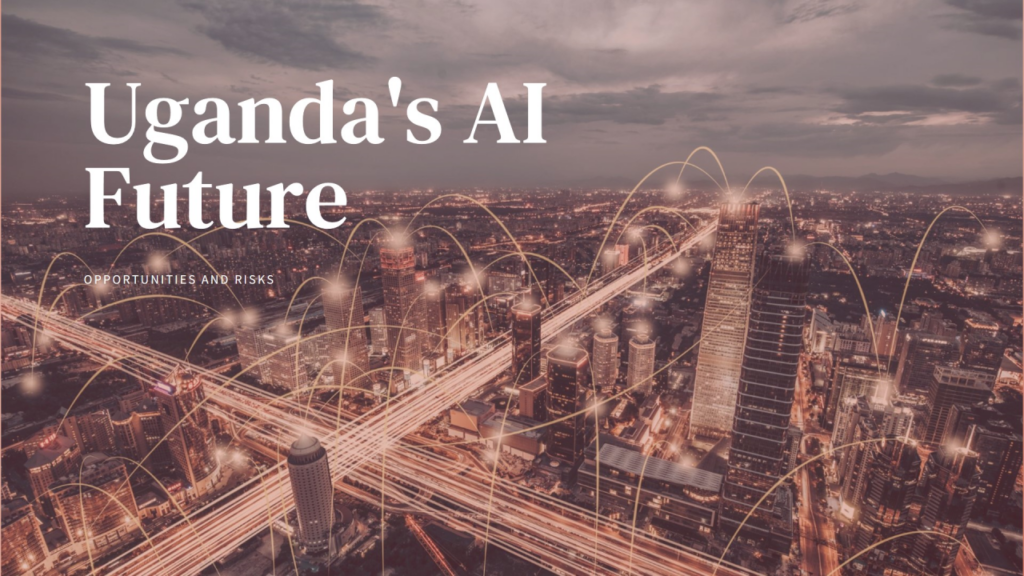Artificial Intelligence, or AI, is a rapidly emerging force in technology, and has seen wide spread application across different disciplines including computer engineering, robotics, medicine, autonomous driving vehicles, data analysis and many more. Artificial Intelligence can be defined as the part of computer science involved in the design of intelligent computer systems that exhibits characteristics related to intelligent human behaviour such as language, understanding, reasoning and problem solving.
Artificial Intelligence (AI) can be traced back to the 1950s, where pioneers like John McCarthy and Marvin Minsky envisioned machines capable of human-like reasoning, with mathematicians such as Alan Turing contributing indirectly earlier on. Initial efforts focused on symbolic reasoning, problem-solving, and simple games, with advances driven by the development of programmable computers. Despite attempts to push AI to its limits, It was not until the mid-2010s that the average computer, following Moore’s Law, had enough power on their device to run complex AI algorithms necessary to produce practical results. These breakthroughs in machine learning, data availability, and computing power in the late 20th and early 21st centuries have led to the modern applications like natural language processing, computer vision, and autonomous systems.
There are several sectors in the civil engineering field that have the potential to benefit from Artificial Intelligence, such as review, planning, analysis, design and construction management. It should be noted that the field of civil engineering has existed for thousands of years, whereas Artificial Intelligence, in its advanced form which incorporates artificial neural networks to solve problems has existed for barely 20 years. The challenges facing the construction industry include its labour-intensive nature, dynamics of work due to unforeseen circumstances such as weather changes and delays, the complexity and unpredictability of the projects. However, Artificial intelligence is still lagging behind in the Field of civil engineering.
The primary driving force behind the use of computer systems in civil engineering has been Building Information Modelling (BIM), which involves generation of digital models of the different characteristics of the physical and functional characteristics of a building or system using tools such as CAD and Analysis software. Therefore, AI’s application in civil engineering involves its integration into BIM systems, which can currently be seen in BIM software released from 2024 such as Revit 3D, ArchiCAD and AUTOCAD that feature AI visualizers capable of generating 3D visualizations. In addition to this, AI integrated systems are capable of parsing through data and recognizing errors especially in complex projects long before such errors can be detected by engineers. With this kind of real time power, AI can provide predictive analytics for different functions such as risk mitigation, environmental assessment and cost analysis and as such improve the overall efficiency of any given project.
In order to have applications of AI in civil engineering, a lot more research and aggressive testing has to be done. AI is still in its infancy stage, and a lot more data is required before it can be used in production. Problem solving relies on a number of factors, including available information, mathematical, physical and mechanical calculations, but most important the experience of the engineer. This is something that Artificial Intelligence cannot replicate, thereby making AI simply a complementary tool to human expertise.

